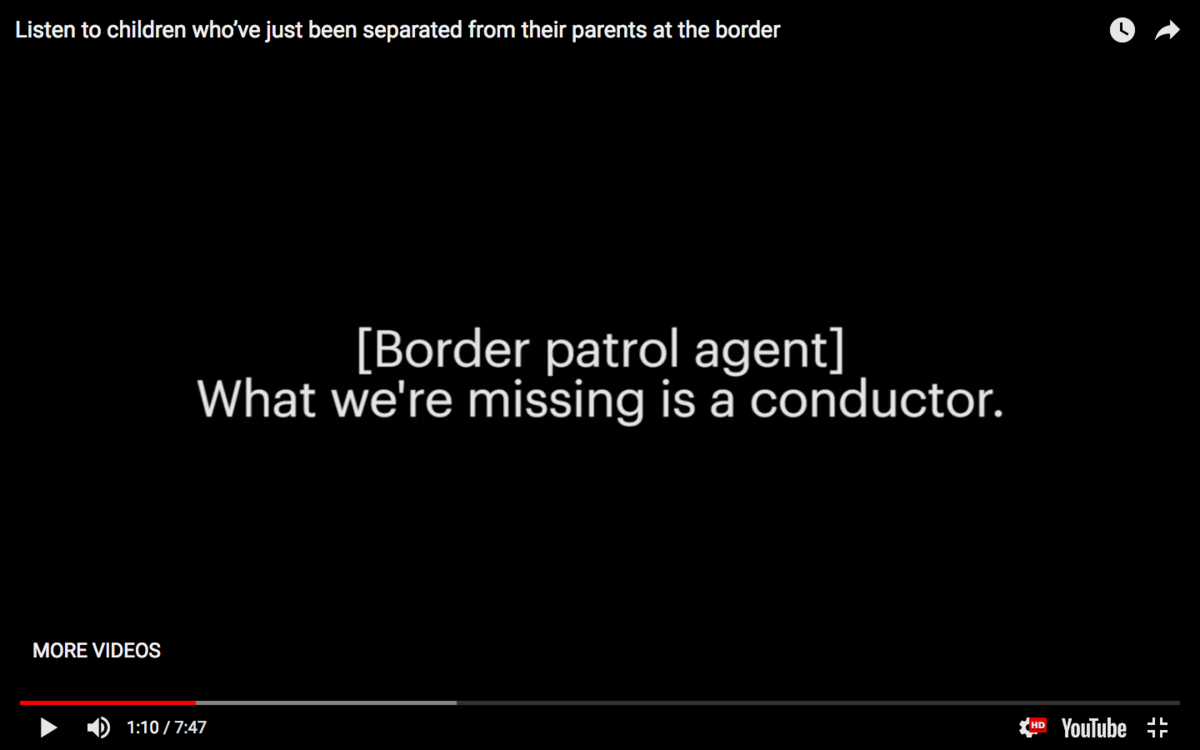Event/s

Earwitness: Jennifer Stoever, M J Grant and Andrew Brooks
Wed, 29. Aug 2018
UNSW Galleries is proud to present an evening of talks by and conversation with Jennifer Stoever, M J Grant and Andrew Brooks as part of Eavesdropping, a major project by Liquid Architecture, Melbourne Law School and The Ian Potter Museum of Art exploring the politics of listening and being listened-to.
###Jennifer Stoever - The Sonic Color Line
We need to talk about listening, power, and race. Willful white mishearings and auditory imaginings of blackness—often state sanctioned—have long been a matter of life and death in the United States. However, recent events— and large-scale protests testifying to their occurrence and amplifying their impact—have temporarily halted the usual silence surrounding the violent consequences of the racialization of both sound and listening. In this talk, Dr Stoever will speak to some of these events in relation to what she calls the ‘sonic color line’, the learned cultural mechanism that establishes racial difference through listening habits and uses sound to communicate one’s position vìs-a-vìs white citizenship.
###M J Grant - Harm and Harmony
Although it has come to widespread public attention only through methods used by US security agencies in the“War on Terror”, the uses of music in torture and ill-treatment are much more extensive, both in the present and in the past. In Europe from the Middle Ages onwards, many formal and informal practices of justice made reference to musical tropes, particularly the contrast between harmony and dissonance. Traditions of public shaming which folklorists and historical anthropologists have gathered under the general term “charivari” generally incorporated a cacophony of noises. Some aspects of these practices resonate in rituals used in military justice in the eighteenth and nineteenth century: military justice and discipline seem in turn to have informed the ways that music has been used both in the Soviet Gulag and, even more extensively, in the context of Nazi persecution and genocide.
###Andrew Brooks - Fugitive Listening
The question and problem of who is afforded a voice — of what voices are heard as speech and what voices are heard as noise — is connected to the history of the modern subject. This lecture will consider the transformation of the voice into an ideal object that comes to represent the liberal subject of post-Enlightenment thought. Separated from the corporeal noises of the body, the voice of the liberal subject is dematerialised and transformed into a static image of sound that is both illusory and impossible. Despite its phantasmagorical nature, this idealised voice that speaks in the form of a univocal demand is inextricably linked to the liberal ideologies of possession and accumulation that underpin the logics of settler colonialism and its shifting forms of racialisation. Against the idealised voice of liberalism, we might open our ears to the noisy voices and fugitive modes of speech that sound outside the locus of the politics proper. Listening in to moments in pop music, the murmur of crowds, the urgent whispers of a gossip network, and active silence, this lecture proposes a type of fugitive listening that attends to voices historically excluded from the political sphere.